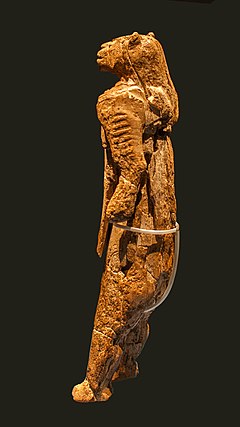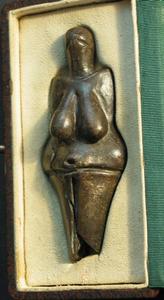Spirit_Warrior
Active Member
I find it prima-facie implausible that the Indo-European language family originated in India given the distribution. The language moved all the way to England and iceland and could not reach South India?? Migration or diffusion must be involved, but may have occured before Indus Valley came up. Maybe people really liked the language, like they like iphone today. Who knows?
http://www.worldgeodatasets.com/files/5613/1766/6886/Huffman-IndoEuropean_Langs-wlms.pdf
See I have no problem with this idea, it is possible that fairer skinned people(ANI) migrated in prehistoric times to join the darker skinned people(ASI) Although, this is all just speculation.
To answer your point why didn't Sanskrit travel as far as South India. There is a reason for this, because South India was covered by a mass of trees, that needed to cleared away, which needed iron tools, hence we do not see settlements arise in South India until the iron age. The drying up of the Saraswati, and we know this from archeaological evidence, forced the Indians to abandon their settlements and migrate. I cited earlier, it even says in the Rig Veda "Oh Saraswati, if you were to spurn us, we would migrate to distant lands" Is England and Iceland distant enough? In fact this is exactly when we find both Westwards and Eastwards settlements appearing in the Gangatic plains and IE speaking tribes appearing in Western Europe as well Indo-Aryan kingdoms in Mespotamia.
I think you also need to consider the idea of conquest, it says in the Mahabharata that the Mleccha kingdoms were conquered. This may also explain how Indian language, religion and culture spread. One of the obvious indications of this the Lithuanian people name their rivers exactly after the rivers of India re Ganga, Yamuna, Narmada, Saraswati. They also name their clans Purus, Yadavs etc The fact that even today, many Lithuanians believe they migrated from India, strongly suggests that they are one of the tribes that left from India when the Saraswati river dried up and tried to recreate a new India outside of India.
Another point regarding your point of a prehistoric migration. We actually have very clear MtDNA evidence that 40,000 years ago the Indians left and colonised Europe. Therefore, it is entirely possible, that the proliferation of the IE family happend much further in prehistory.
As I have asked repeatedly how the hell do you get dates by just analysing a list of words? How can you say x language emerged 3000BCE, y language 2000BCE? I argue there is a subconscious bias in the Western mind to only look at history of civilisation as only 6000 years due to the biblical bias. The biggest argument early Indologists had against India had nothing to do with science, it had to do with the fact that India recorded a history way beyond the usual 6000 years. It was seen as a direct threat to European and Christian civilisation;
This is what motivated early Indological research to shortern Indian history.
In any case my point is this AMT cannot be accepted as the null hypothesis, because it was never established in the first place. If suppose the colonial invasion never happened, do you seriously think Indian people would wholeheartedy throw away their 5000 years of recorded history. No of course not. They were forced to accept it, because they had no choice.
Last edited:



